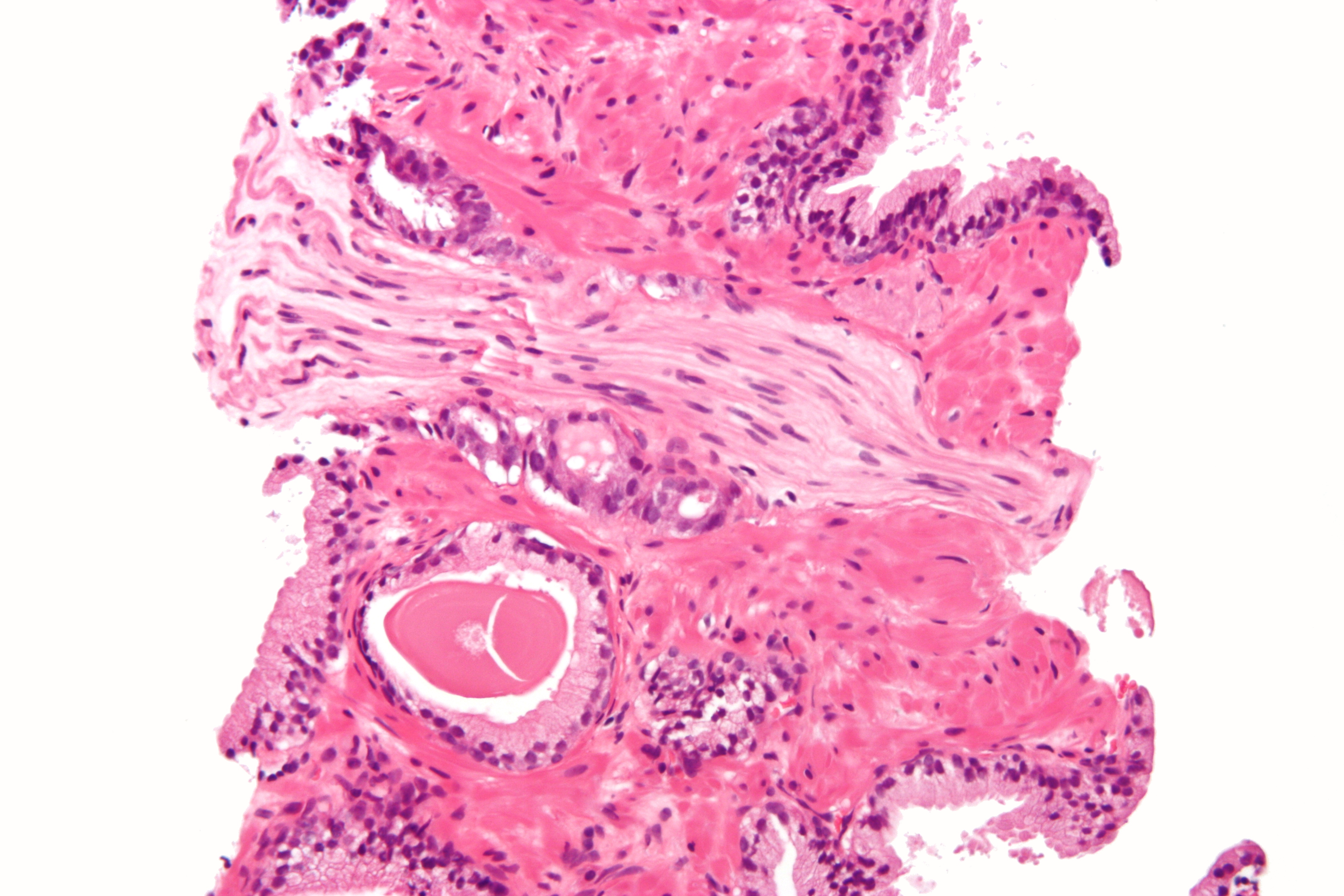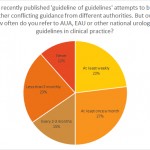Article of the Week: Assessing prostate cancer brachytherapy using patient-reported outcomes
Every week the Editor-in-Chief selects the Article of the Week from the current issue of BJUI. The abstract is reproduced below and you can click on the button to read the full article, which is freely available to all readers for at least 30 days from the time of this post.
In addition to the article itself, there is an accompanying editorial written by a prominent member of the urological community. This blog is intended to provoke comment and discussion and we invite you to use the comment tools at the bottom of each post to join the conversation.
Finally, the third post under the Article of the Week heading on the homepage will consist of additional material or media. This week we feature a video from Dr. James Talcott discussing his paper.
If you only have time to read one article this week, it should be this one.
Using Patient-Reported Outcomes to Assess and Improve Prostate Cancer Brachytherapy
James A. Talcott 1, 2, 10, 11, Judith Manola 3, Ronald C. Chen 4, Jack A. Clark 5, 6, Irving Kaplan 7, 8, Anthony V. D’Amico 8, 11 and Anthony L. Zietman 9, 11
1 Massachusetts General Hospital Cancer Center, Boston, MA, 2 Continuum Cancer Centers of New York, New York, NY, 3 Dana-Farber Cancer Institute, Boston, MA, 4 Department of Radiation Oncology, University of North Carolina at Chapel Hill, Chapel Hill, NC, 5 Center for Health Quality, Outcomes, and Economic Research, Edith Nourse Rogers Memorial Veterans Hospital, Bedford, MA, 6 Boston University School of Public Health, 7 Beth Israel-Deaconess Medical Center, 8 Brigham and Women’s Hospital, 9 Department of Radiation Oncology, Massachusetts General Hospital, Boston, MA, 10 Albert Einstein School of Medicine, New York, NY, and 11 Harvard Medical School, Boston, MA, USA
OBJECTIVE
- To describe a successful quality improvement process that arose from unexpected differences in control groups’ short-term patient-reported outcomes (PROs) within a comparative effectiveness study of a prostate brachytherapy technique intended to reduce urinary morbidity.
PATIENTS AND METHODS
- Patients planning prostate brachytherapy at one of three institutions were enrolled in a prospective cohort study.
- Patients were surveyed using a validated instrument to assess treatment-related toxicity before treatment and at pre-specified intervals.
- Unexpectedly, urinary PROs were worse in one of two standard brachytherapy technique control populations (US-BT1 and US-BT2). Therefore, we collaboratively reviewed treatment procedures, identified a discrepancy in technique, made a corrective modification, and evaluated the change.
RESULTS
- The patient groups were demographically and clinically similar.
- In the first preliminary analysis, US-BT2 patients reported significantly more short-term post-treatment urinary symptoms than US-BT1 patients.
- The studies treating physicians reviewed the US-BT1 and US-BT2 treatment protocols and found that they differed in whether they used an indwelling urinary catheter.
- After adopting the US-BT1 approach, short-term urinary morbidity in US-BT2 patients decreased significantly. Brachytherapy procedures were otherwise unchanged.
CONCLUSION
- Many procedures in cancer treatments are not evaluated, resulting in practice variation and suboptimal outcomes. Patients, the primary medical consumers, provide little direct input in evaluations of their care.
- We used PROs, a sensitive and valid measure of treatment-related toxicity, for quality assessment and quality improvement (QA/QI) of prostate brachytherapy. This serendipitous patient-centred QA/QI process may be a useful model for empirically evaluating complex cancer treatment procedures and for screening for substandard care.



